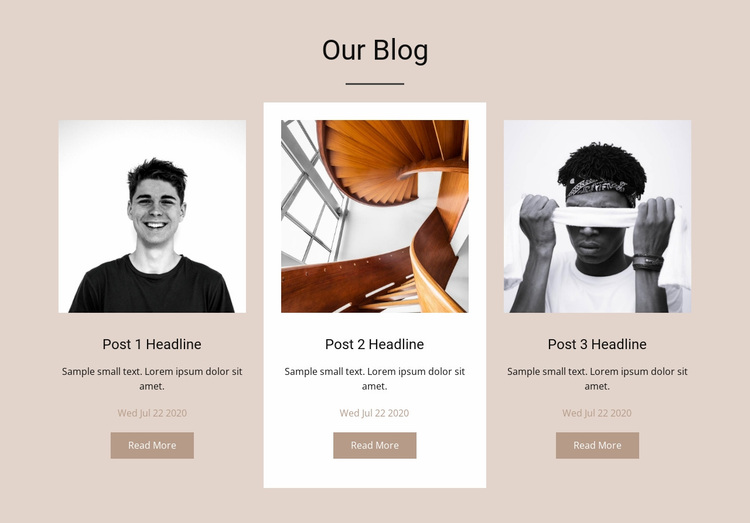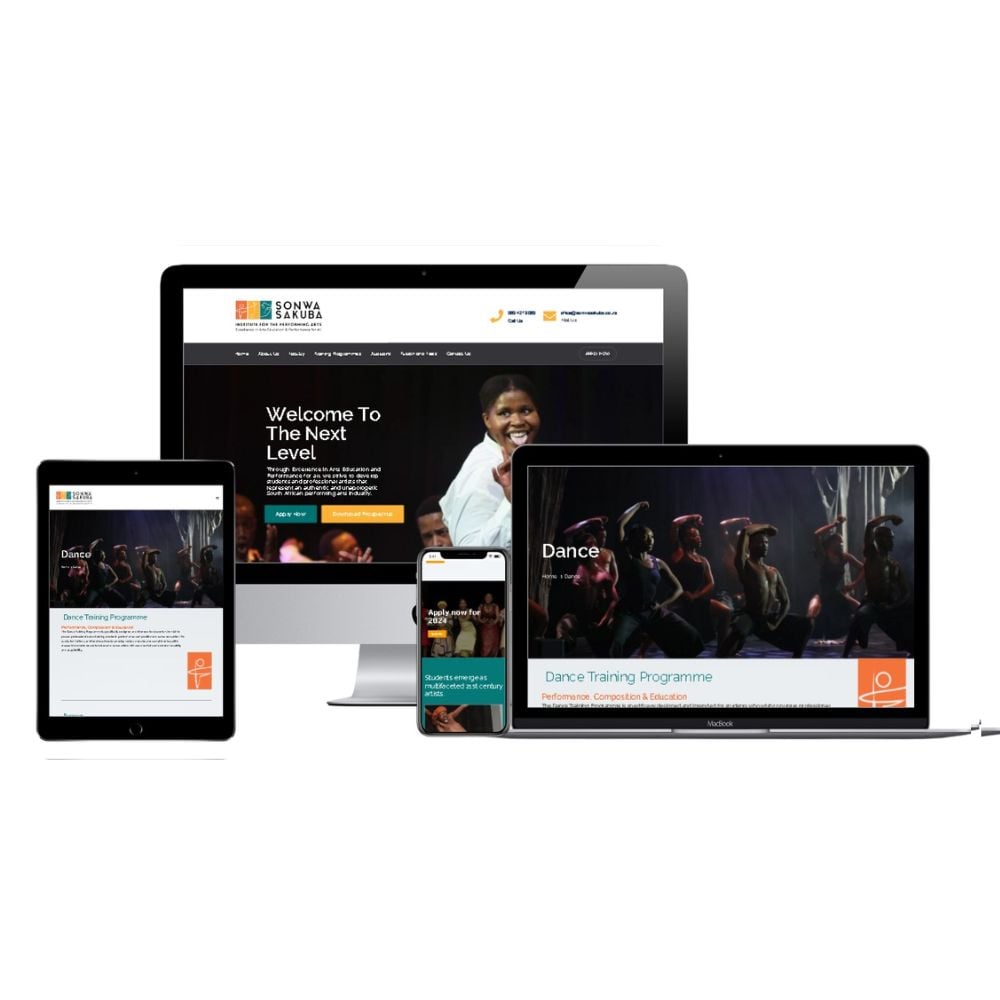Innovative Website Design Services with a Focus on Navigation
Innovative Website Design Services with a Focus on Navigation
Blog Article
Leading Tips for Producing an Impactful Site Layout That Transforms
To achieve this, one need to think about a variety of aspects, consisting of understanding the target audience, focusing on customer experience, and enhancing for mobile systems. The strategic usage of compelling call-to-actions and a distinct aesthetic power structure plays a critical duty in directing users with their trip.

Understand Your Target Target Market
Recognizing your target audience is essential to effective internet site style, as it prepares for developing an interesting customer experience. Identifying that your users are, including their demographics, choices, and behaviors, enables developers to tailor the website's web content, layout, and performance to meet certain demands.
Conducting thorough market study is important in this process. Studies, meetings, and analytics can supply useful insights into individual assumptions and pain factors. By compiling this information, designers can create customer personas that represent various segments of the audience, making certain that layout decisions are notified and appropriate.
Furthermore, understanding the target audience aids in selecting proper style components such as color pattern, typography, and imagery that resonate with individuals. An internet site that speaks straight to its audience cultivates a sense of link and trust, urging longer visits and higher conversion prices.
Ultimately, a user-centered approach to site style not only improves customer complete satisfaction however additionally sustains business purposes by driving interaction and loyalty. By focusing on the requirements and preferences of the target market, an internet site can effectively offer its purpose and achieve wanted outcomes.
Prioritize Customer Experience
To improve the general efficiency of a web site, focusing on individual experience (UX) is necessary (Website Design). A properly designed UX guarantees that site visitors can browse the website easily, locate information rapidly, and engage with content meaningfully. This brings about boosted user complete satisfaction and higher conversion rates
Begin by implementing intuitive navigation. Menus ought to be realistically structured, allowing individuals to find vital locations of the site with minimal effort. Consistency in design components, such as color pattern and font styles, cultivates knowledge, which is vital for keeping customer involvement.
Additionally, consider the loading speed of your site. A hold-up of simply a couple of seconds can result in substantial drop-offs, as users are less likely to await a slow-loading web page. Enhancing pictures and maximizing code can boost performance and maintain site visitors.
By focusing on customer experience, you not just produce a more delightful atmosphere for site visitors yet likewise reinforce your brand's reliability. Eventually, an emphasis on UX is an investment in the long-lasting success of your website.
Optimize for Mobile Devices
Enhancing for mobile phones is critical in today's digital landscape, where an increasing number of individuals accessibility web sites through smart devices and tablet computers. A mobile-friendly design not just improves customer experience yet likewise plays a substantial role in improving internet search engine rankings. To attain this, it is necessary to take on a receptive layout that instantly gets used to various display sizes and positionings.

Filling speed is an additional critical factor; mobile users are usually much less patient and anticipate quick accessibility her explanation to information. Maximize images and utilize browser caching to boost performance. Lastly, test your website on multiple tools and screen resolutions to recognize and correct any kind of potential use concerns. By focusing on mobile optimization, you ensure that your website continues to be affordable and efficiently involves a more comprehensive audience.
Use Engaging Call-to-Actions
A website's performance frequently depends upon its capacity to assist visitors towards wanted activities, making engaging call-to-actions (CTAs) necessary elements of layout. CTAs function as the pivotal points that route users to engage with the site, whether that implies making a purchase, registering for a newsletter, or downloading a resource.
To develop effective CTAs, quality is paramount. Use succinct language that clearly communicates the action you want the individual to take. Phrases such as "Begin," "Authorize Up Free," or "Store Now" not just convey necessity but likewise get rid of uncertainty. The placement of CTAs is similarly important; they should be strategically placed throughout the website to guarantee they are conveniently noticeable, particularly in high-traffic areas.
Furthermore, the design of CTAs must attract attention without being obtrusive. Employ contrasting shades and clear font styles to guarantee they record interest. Furthermore, consider utilizing directional signs, such as arrowheads or pictures, to lead customers toward these switches. By concentrating on these elements, businesses can substantially boost individual engagement, driving conversions and inevitably achieving their site's objectives.
Emphasis on Visual Hierarchy
Efficient website layout relies heavily on a well-structured visual power structure that guides users via content perfectly. By arranging elements in a fashion that prioritizes information, developers can improve customer experience and promote decision-making. This involves making use of size, shade, contrast, and spacing tactically to attract attention to one of the most vital parts of a web page.
The usage of bigger fonts for headings and subheadings develops a clear distinction between various sections, enabling individuals to scan material easily. Additionally, utilizing contrasting shades for switches and calls-to-action can capture user interest and urge my latest blog post communication. Whitespace is an additional vital element; it protects against clutter and makes it possible for users to focus on crucial messages without diversions.
Pictures and graphics should complement the text while likewise adhering to the well-known pecking order, strengthening the total message (Website Design). Uniformity in style components, such as color pattern and typography, additional enhances the aesthetic hierarchy, making navigation intuitive

Final Thought
In final thought, reliable website style necessitates a detailed understanding of the target audience, prioritization of user experience, and mobile optimization. Eventually, a well-executed website style serves as an essential element in driving individual actions and accomplishing business goals.
Report this page